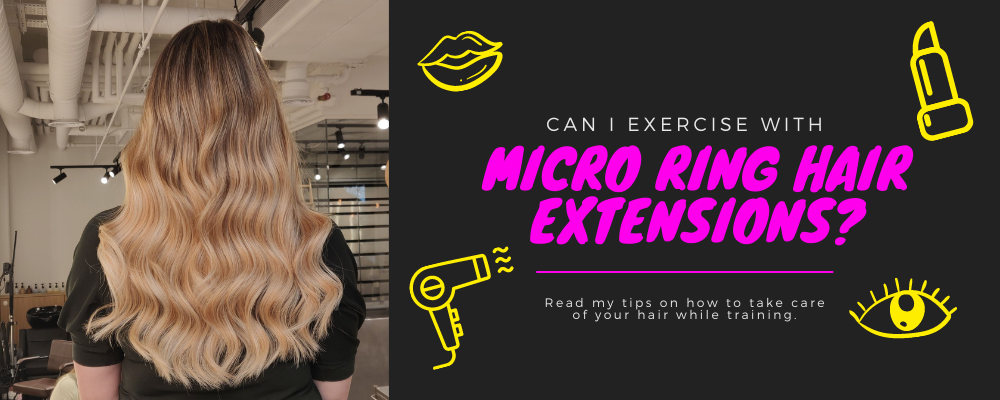
by | May 23, 2023 | beauty, health, product review
My friends from Boston University came for a visit in March. It was years ago the three of us were together and we packed a lot into a weeklong visit. Now that we are all in our 40’s, there were many discussions about skin care, body aches and pains, and...

by | Aug 10, 2022 | beauty, exercise
Ever since a friend’s wedding in 2017, I have wanted hair extensions. While I am not a true tom boy, I am not very girly. For example, rarely do I wear make up. If I do, it is just mascara, eye liner and lip gloss. My outfit choice is usually jeans and a...
by | Oct 19, 2018 | beauty, running, sponsored post
Preparing for a desert ultra like Wadi Rum Ultra takes a lot of planning and organization. Slowly you need to build up miles, gather the specific kit you will need, try out said kit, research camping food, try said camping food, and prepare your feet. ...
by Admin User | Oct 19, 2018 | beauty, running, sponsored post
Preparing for a desert ultra like Wadi Rum Ultra takes a lot of planning and organization. Slowly you need to build up miles, gather the specific kit you will need, try out said kit, research camping food, try said camping food, and prepare your feet. ...
by | Dec 1, 2017 | beauty, healing, product review
My skin is pretty sensitive. I have a skin allergy which NHS doctors say manifests as eczema. I get little clear blisters that are itchy and eventually weep. Over the last 10 years, I have used topical steroids on and off to help keep the...
by Admin User | Dec 1, 2017 | beauty, healing, product review
My skin is pretty sensitive. I have a skin allergy which NHS doctors say manifests as eczema. I get little clear blisters that are itchy and eventually weep. Over the last 10 years, I have used topical steroids on and off to help keep the...




